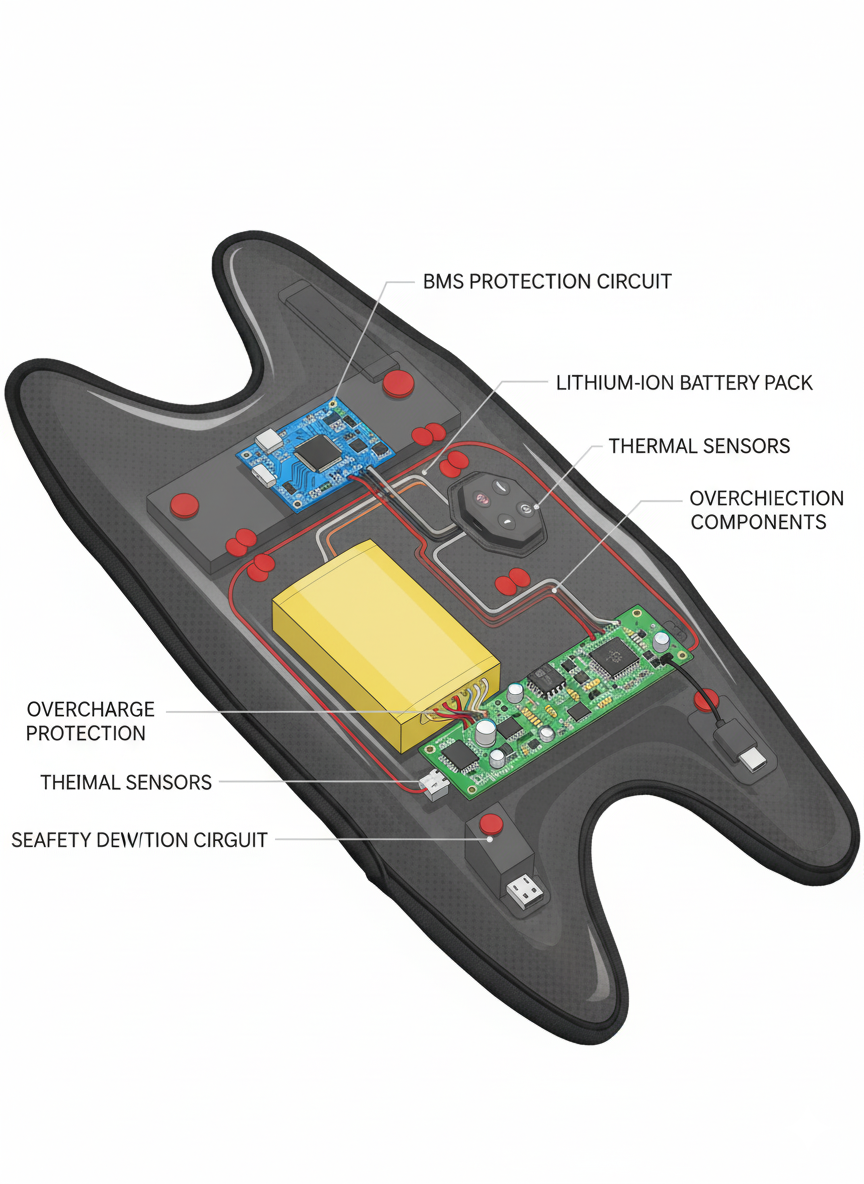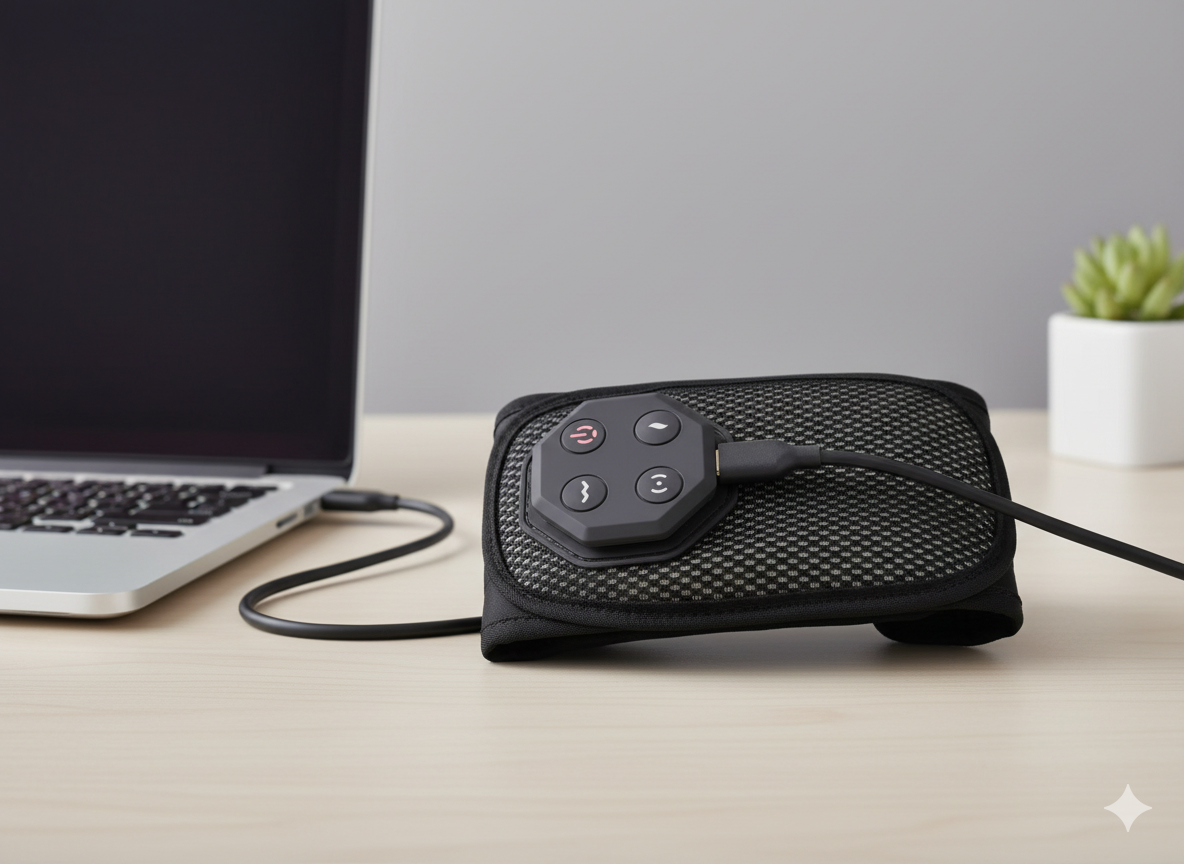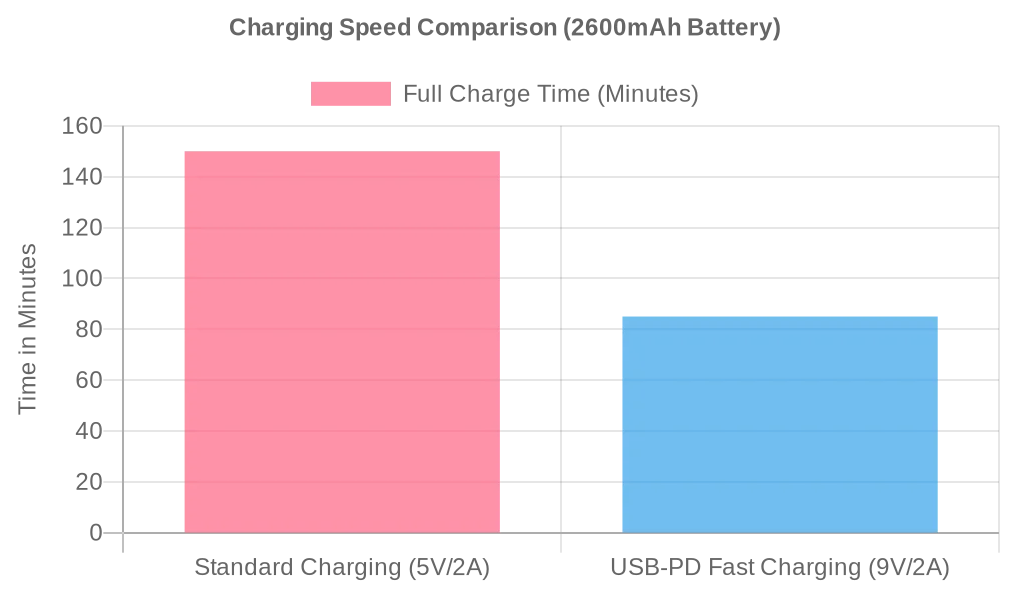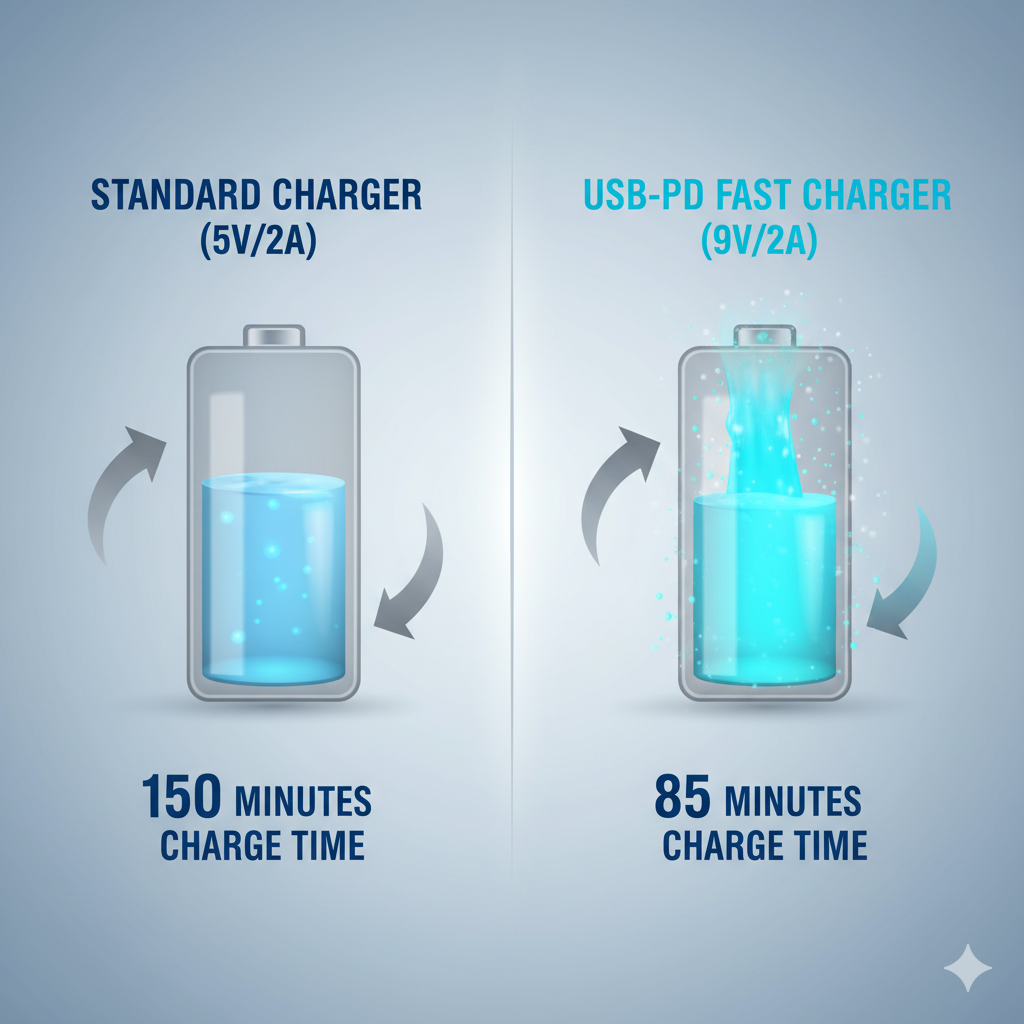Massager Charging: A B2B Guide to USB-C & Fast Charging
- By Grace
- Updated on
You know that drawer in your office? The one overflowing with a tangled mess of random barrel-plug chargers? For years, that was the industry standard. But in today's market, it's a recipe for customer frustration and negative reviews. If a customer loses that one specific charger, your product becomes a paperweight.
The charging experience is a critical, daily touchpoint with your brand. A slow, inconvenient, or proprietary charger is a constant source of friction. The global shift to the USB power supply and type-C charging method isn't just a trend; it's the new benchmark for convenience, with over 5 billion devices using the USB power supply and type-C charging method expected to ship by 2024.
Let's cut through the confusion. I'll walk you through how to develop a modern, safe, and cost-effective strategy for your private label massager charging system—one that will delight your customers, simplify your logistics, and protect your brand from the compliance nightmare of outdated tech.
Why Is the USB power supply and type-C charging method Now the Non-Negotiable Standard?
So you're looking at your Bill of Materials, and that old-school DC barrel plug is a few cents cheaper than a type-C port. It's tempting to save the money, right? But what's the hidden cost of that decision in customer satisfaction and returns?
I'll never forget what one of our retail partners told me. Their number one complaint on a previous massager model was "I lost the charger." After we helped them switch their entire line to the USB power supply and type-C charging method, their product returns in that category dropped by a staggering 15%, directly boosting their bottom line.

The old way was a logistical nightmare. For every market, you needed a different wall adapter. This created SKU complexity and bloated inventory costs. A massager with USB power supply and type-C charging method solves all of this. It's a universal standard. Your customer can charge your device with the same cable they use for their phone, tablet, and laptop. This convenience is no longer a luxury; it's a core expectation. By mandating the USB power supply and type-C charging method as the standard massager charging port for all new products, you're future-proofing your product and providing a vastly superior customer experience.
The Old Way vs. The New Standard
The strategic advantages of adopting the USB power supply and type-C charging method are simply overwhelming.

How Fast Is "Fast Enough" for Your Customers?
You see competitors advertising "fast charging" and you're worried your product will seem slow in comparison. What's a realistic charge time to promise?
For a standard massager battery, a full charge time of 2 to 3 hours is the sweet spot. This is fast enough for most users and can be achieved with a standard 5V/2A charging circuit, keeping your costs down. This is the performance you should expect for your entry-level and mid-range models.
But for your premium or "Pro" line, you can offer a serious upgrade by integrating USB Power Delivery (PD) for massagers. This is a smart fast-charging protocol that can cut charge times by 40-60%. We worked with an e-commerce brand that used "Get 1 hour of use from a 30-minute charge" as a key marketing headline. This clear, benefit-driven claim, backed by our fast charging massager technology, helped them justify a 40% price premium.

This chart shows the tangible difference for a typical 2600mAh battery. The ability to market a "full charge in under 90 minutes" is a powerful competitive advantage.

Is the Included Power Adapter a Risk or a Benefit?
Here’s a radical idea for 2024: stop shipping power adapters.
You’re targeting the Australian market, and you know that any included massager power adapter must have SAA certification. This adds cost and a massive compliance headache. What's the smartest way to handle this?
The modern, cost-effective, and eco-friendly solution is to exclude the adapter from the box. By standardizing on the USB power supply and type-C charging method, you empower customers to use any of the certified USB chargers they already own. This immediately solves your compliance problem because you're no longer supplying the adapter. This strategy reduces your product cost, lowers shipping weight, and lets you position your brand as being conscious of e-waste. A large distributor we supply in Australia did exactly this and was able to lower their landed cost by 5%.

This approach puts the emphasis on the massager charging safety systems inside the device, which is where it belongs. The most critical component is the Battery Management System (BMS). Our standard BMS includes multi-layer protection against overcharging, short circuits, and overheating. This ensures the device will charge safely regardless of the power source, protecting the battery and the user.
Our Modern Charging Safety Checklist
This is our mandatory QC checklist for every product. It ensures the real safety features are built directly into the device.

A modern charging strategy is simple: mandate the USB power supply and type-C charging method, offer fast-charging as a premium feature, and build safety directly into the device's core systems. This approach reduces your costs, simplifies your global logistics, and gives your customers the safe, convenient experience they expect. When choosing a charging port for a massager, this is the most strategic path forward.
Ready to engineer a charging solution that gives your brand a competitive edge? Contact our team, and we can provide the full technical specifications for our BMS and fast-charging options.




